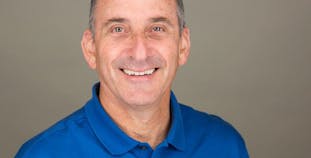December 06, 2018
Advance Online

Advance Online
Man Deals with PsA By Diving In
Hillel Katzeff was extremely fast on land until PsA forced him to trade in his running shoes for goggles.

Hillel Katzeff was extremely fast on land until PsA forced him to trade in his running shoes for goggles.
We use cookies to offer you a better experience and analyze our site traffic. By continuing to use this website, you consent to the use of cookies in accordance with our Privacy Policy.